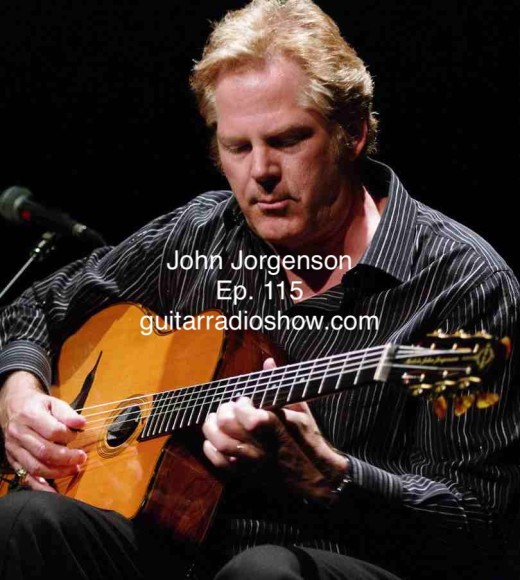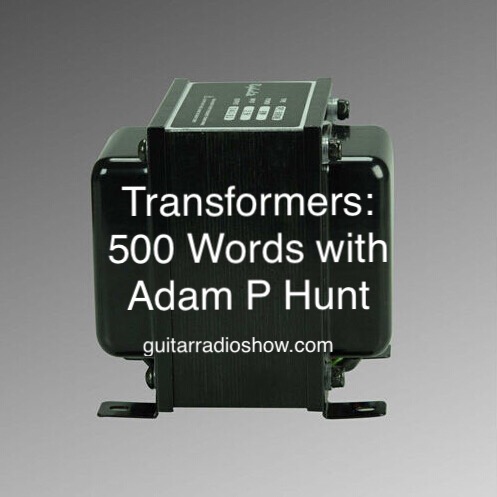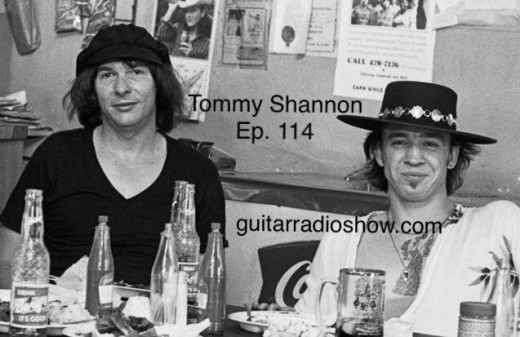Category: news
-
31Mar2016
- share:
Punk Guitarist’s- 500 Words with Adam P Hunt

500 Words The Guitarists of Punk
Punk was one part musical rebellion and one part cultural phenomena. I say “was” because as a creative force punk has been dead for decades. Yeah… there’s some new punk bands I guess but it’s so self referential now I don’t even pay attention to it.
I’m actually far more interested in the very first wave of punk more specifically the time period between 1974 to 1977 because that is the most interesting period.
Let’s take a look.
Richard Lloyd: Lloyd played guitar in what some people consider the first punk band, Television. Together Lloyd and Hell recorded one of the earliest punk songs “Blank Generation”. His clean, percussive sound could be heard echoed in other players like Gang of Four’s Andy Gill to Keith Levene of PiL. Lloyd still with CBGB alum Cheetah Chrome in the band Rocket from the Tombs.
Ivan Kral and Lenny Kaye, Patti Smith group. I remember seeing Patti Smith Group on SNL in 1976 and being both floored and a little confused by their performance. The Patti Smith Group played rock ’n’ roll but it was also stripped down and unpolished. Even though PSG only lasted from ’74-’79 both Kral and Kaye would keep busy in music. It should be noted, however, it was Television’s other guitarist Tom Verlaine, that played guitar on Patti Smith’s first single “Piss Factory”.
Ross “The Boss” Friedman: Ross the Boss has the distinction of forming both the Dictators and Manowar. Who says he doesn’t have a sense of humor?
Wilko Johnson. Contrary to popular belief England was not the birthplace of punk. England did, however, produce skiffle and the pub rock scene. Like punk the pub rock bands had a very back to basics approach to playing and produced many notable bands including The Stranglers, Eddie and the Hot Rods, Dr. Feelgood and Joe Strummer’s first band the 101ers.
Johnson’s manic stage persona and thrashing sound was highly influential with the first generation of British punks.
Special notes:
Crime: Johnny Strike.
The Nuns: Mike Varney. Yes, that Mike Varney.
The Weirdos: Dix Denny.
The Germs: Pat Smear.
There were many things that contributed to the demise of the first generation of punks but chief amongst which was the rise of hardcore. Punk was never meant to last but hardcore’s fundamentalist approach was a buzzkill and largely killed a once vibrant scene.

-
30Mar2016
- share:
Episode 116- Stoney Curtis, plus a Special gear report: Loknob

For more on Stoney go to- http://stoneycurtisband.com
and Count’s 77- http://www.counts77.com
Loknob! Loknob! Loknob! This Changes everything! Want to win one? listen to this episode on how to do just that!!!
Go to- http://loknob.com
Our own Scott Gailor walks us through the genius of Loknob-
-
25Mar2016
- share:
-
23Mar2016
- share:
Episode 115 – John Jorgensen

For more on John go to- http://www.johnjorgenson.com
From Divertuoso-
Just for fun here’s John with the great Albert Lee-
-
18Mar2016
- share:
Flash Back Episode- John D’Amato (Ep. 61), Blues to the Bone!
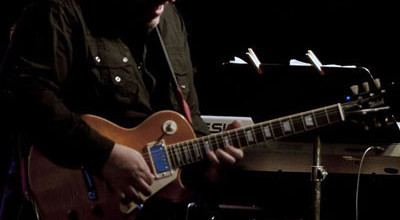
For more on John- http://johndamato.net
John and GRS Host Mark Daven at the Victory Grill, SXSW 2016-
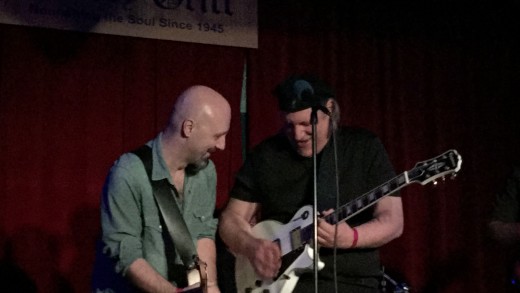
-
17Mar2016
- share:
Tips, Tricks & Licks #1 With Scott Gailor

The first installment of the monthly video lessons from Killer guitarist Scott Gailor. Scott will push you to think differently, learn more and be the guitarist you want to be.
Guitar Radio Show is honored to have him as part of the family.
Check out Scott latest disc “Technicolor Monochrome” at http://www.scottgailor.com/new-products/scott-gailor-technicolormonochrome-cd
-
17Mar2016
- share:
Transformers, a History- 500 Words with Adam P Hunt

500 Words History of the Transformer
If the names Otto Blathy, Miksa Deri, Karoly Zipernowsky, Lucien Gaulard, Sebastian Ferranti or William Stanley don’t sound familiar, don’t feel bad there isn’t a quiz later.
But without the efforts of Blathy, Miksa, Zipernowsky,Gaulard Ferranti and Stanley we may not have the transformer as we know it.
Even though the properties of a transformer were discovered in the 1830s they weren’t produced in any number until 1886 when William Stanley developed a reliable transformer for George Westinghouse.
What is a transformer any way? Good question. Simply put “a transformer is a device that transfers electrical energy from one circuit to another through inductively coupled conductors – the transformer’s coils.” (Thank Edison Tech Center for that simple definition).
Transformers are used to bring up or down an AC electrical circuit and it can also be used to convert AC power into DC power.
What does that mean for musicians?
According to transformer mastermind Sergio Hamernik:
“Transformers are the key to providing that unique signature tone. It’s the transformers that differentiate one amp brand or sound from another. Here’s another way to look at it – all amp builders have to deal with the same limited choices from a small pool of vacuum tube manufacturers and other off-the-shelf component requirements (resistors, capacitors, etc.). This is NOT so with the transformers. Although there are plenty of generic transformer designs available that service the “power requirements” of an amp, you wouldn’t want to use these awful-sounding devices in your guitar amps. Likewise it’s not a coincidence that most of the best-sounding amp builders, modifiers, and repair techs begin their craft and finish it with enviable distinction, relying on their choice of transformers.”
(Text from 300guitars.com)
Structurally, transformer isn’t that different than a guitar pickup. Transformers are essentially flat bar steel, wound with “magnetic” wire, some sort of frame to hold the entire mechanism together and ideally some sort of housing.
Functionally, however, they are quite different:
“In a transformer, two coils are arranged concentrically so that the magnetic field generated by the current in one coil induces a voltage in the other. This physical principle can only be applied in AC systems, as only a time-varying magnetic field is able to induce a voltage. By using a different number of winding turns in the two coils, a higher or lower voltage can be obtained.
The ability to transform from one voltage level to another one was the main reason for the breakthrough of AC three-phase transmission and distribution systems. These AC systems operate at a frequency high enough that human short perception does not see the time variation (“flickering”) and low enough that switching equipment can be operated safely. The best compromise was the well-known 50 or 60Hz of the today’s mains supplies.”
(Text ABB.com producer of large scale electrical systems)
-
16Mar2016
- share:
Episode 114- Tommy Shannon

He’s Played Woodstock, Carnegie Hall and everywhere in between. He’s a Grammy winner and Rock and Roll Hall of Fame inductee, Austin City Limits Hall of Fame inductee and Nashville Music Hall of Fame Inductee. He’s played with arguably two of the most important Blues guitarists of all time and we were lucky enough sit down with him at the famed Austin Vintage Guitars http://www.austinvintageguitars.com in Austin Texas to talk about his career and his new residency at the NEW Antone’s http://www.antonesnightclub.com here in Austin.
For much more on Tommy- http://tommyshannon.com
Here’s Tommy reuniting with Chris Layton-





